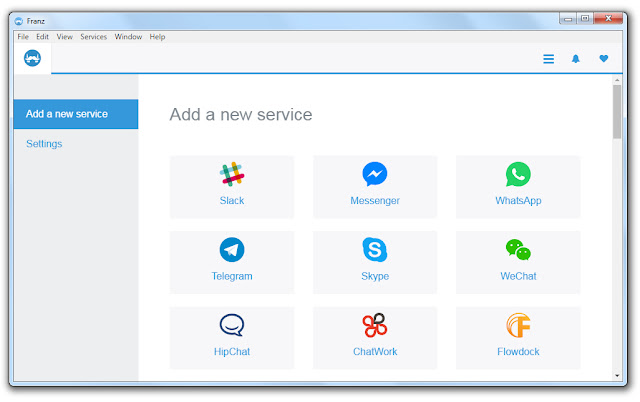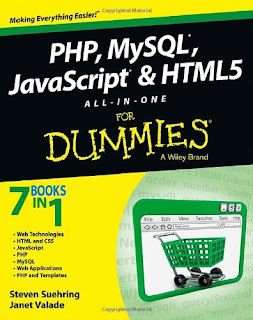What is Web Accessibility? How to make web pages accessible.
Web accessibility is making multimedia and web content accessible to people with disabilities. The following infographic gives a short summary (click to enlarge)
Accessibility aims to address the following:
Designing for Accessibility
The W3C (world wide web consortium) provides guidelines to help developers of web and multimedia to create accessible material. www.w3.org/TR/WCAG10/#Guidelineswww.adobe.com/accessibility/
Accessibility Guidelines
The following are 4 key guidelines that apply to multimedia design:
1. Provide equivalent alternatives to auditory and visual content
Accessibility aims to address the following:
- Visual impairments including blindness, poor eyesight, colour blindness
- Motor/Mobility: difficulty or inability to use the hands, including tremors, muscle slowness, loss of fine muscle control
- Deafness or hearing impairments
- Seizures caused by visual strobe or flashing effects
Designing for Accessibility
The W3C (world wide web consortium) provides guidelines to help developers of web and multimedia to create accessible material. www.w3.org/TR/WCAG10/#Guidelineswww.adobe.com/accessibility/
Accessibility Guidelines
The following are 4 key guidelines that apply to multimedia design:
1. Provide equivalent alternatives to auditory and visual content
- Use the image ALT attribute
- Make pages that are screen reader friendly
- Give videos subtitles
- Make sure text and graphics work when viewed as grey scale
- Be aware of colour blind colour combination issues
- Make sure that moving, blinking, scrolling, or auto-updating objects or pages can be easily paused or stopped
- Make all embedded objects and buttons accessible
- Allow for tab key navigation as an alternative to mouse clicks
- Make pages that are screen reader friendly



Comments
Post a Comment